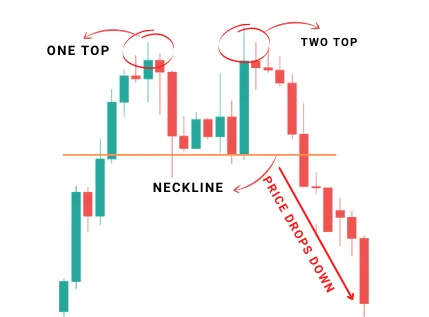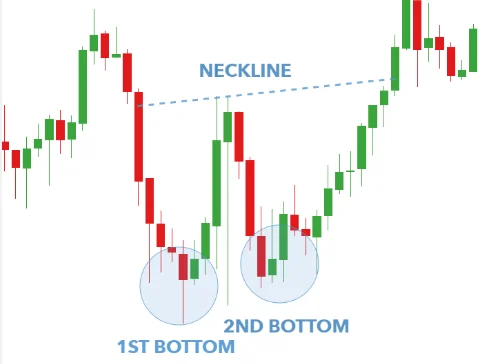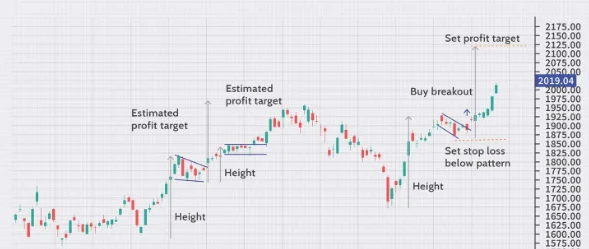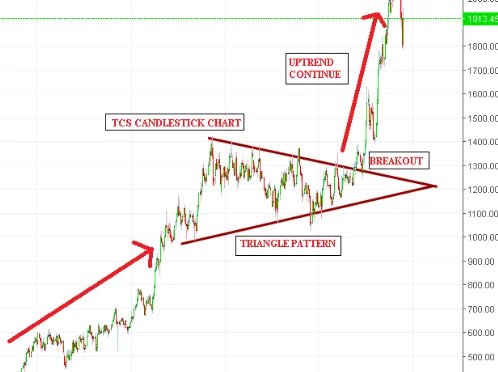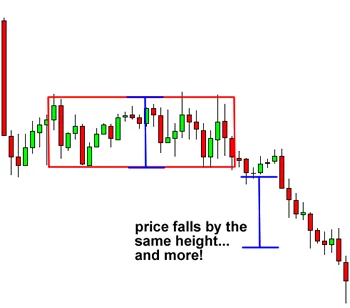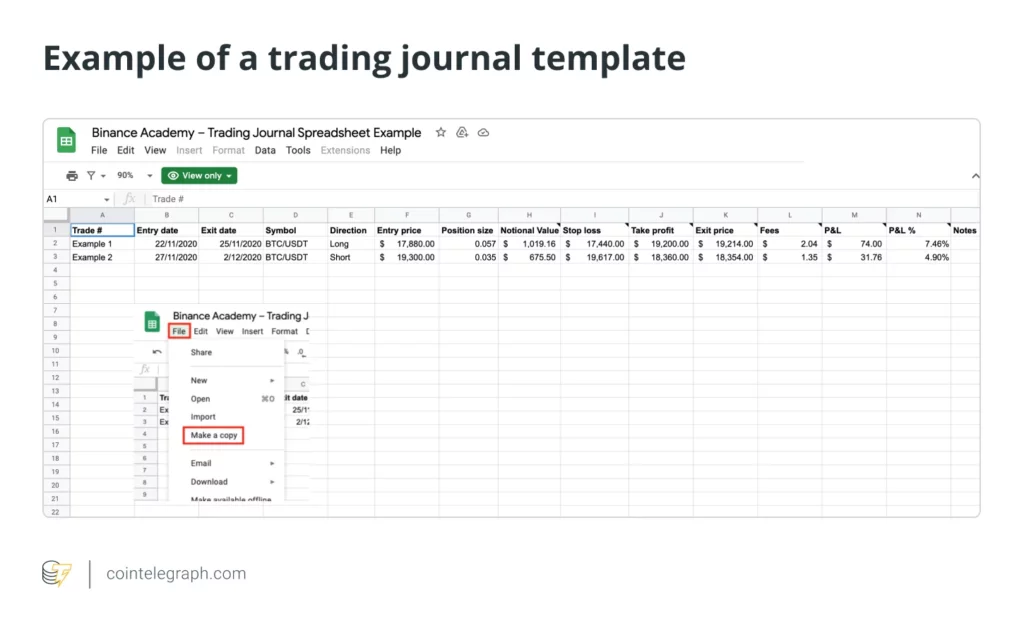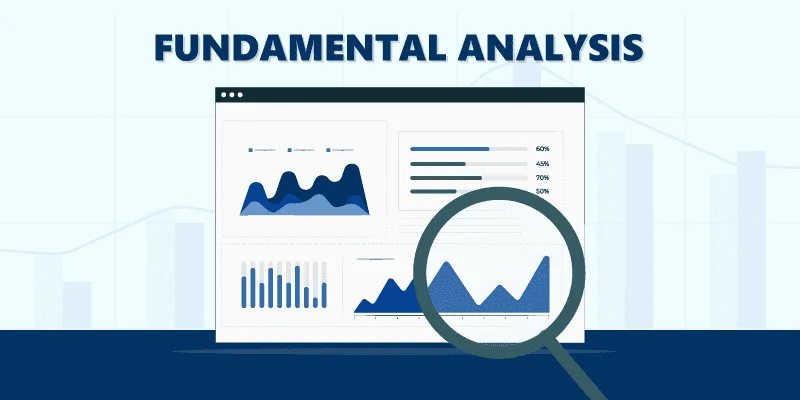
The voluntary exchange of commodities or services between various economic entities is referred to as trade. A transaction will only take place if both parties believe it will advance their interests, as there is no obligation on the part of the parties to trade.
In certain circumstances, trade might have more precise connotations. Trade in the financial markets refers to the buying and selling of derivatives, commodities, and securities. Free commerce refers to cross-border exchanges of goods and services that are unhindered by tariffs or other trade restrictions.
KEY TAKEAWAYS
- The voluntary exchange of commodities or services between economic players is referred to as trade.
- Since interactions are voluntary, trade is typically thought to be advantageous to both sides.
- Trading in finance is the buying and selling of securities or other assets.
- According to the comparative advantage hypothesis, trade is advantageous to all parties involved.
- The majority of traditional economists support free trade, although some development economists think protectionism has benefits.
If you wish to trade stocks, you need be well-versed in the stock market’s fundamentals. These days, investing is absolutely necessary since saving all of our money is not enough to keep up with inflation and achieve all of our financial goals. You can select from a variety of investment choices based on your preferences and needs. Unlike investing, which typically employs a buy-and-hold approach, it entails active engagement in the financial markets.
Types of Trading in Stock Market

- Scalping : Microtrading is another name for scaling. It is essentially a division of intraday trading. It is a trading strategy that is focused on making money despite slight price movements. Several times a day can be done. Even while not every transaction results in a profit, in rare cases a trader’s gross losses may outweigh their earnings. Therefore, the trader needs a robust exit strategy to prevent significant losses that could wipe out his prior gains. In this instance, compared to day trading, the holding duration of the shares is shorter. This calls for knowledge of the market, proficiency, awareness of changes in it, fast transactions, and a firm will to succeed.
- Day Trading : In this type of trading, stocks are bought and sold all in the same day. Such deals require the trader to terminate the position before the market closes for the day. Day trading calls for knowledge of market issues and a solid grasp of market volatility. Day trading is therefore primarily carried out by knowledgeable investors.
- Swing Trading : This type of trading is employed to profit on transient stock patterns. This method is utilised to profit from stock shortly after buying it. Investors that engage in swing trading frequently rely on technical analysis to forecast market direction (charts, patterns, etc.).
- Momentum Trading : Stock prices are said to have developed momentum when they increase over an extended period of time. The goal of momentum trading is to make money off of this price movement. They buy with the intention of selling when the peak is reached. In this case, it can take a few hours or days until you see the anticipated benefit. Additionally, the goal is to buy shares in bulk to realise significant gains.
How Trade Works in Stock Market?
Buy and sell shares of businesses that are listed on the two major stock exchanges:
- The National Stock Exchange (NSE)
- The Bombay Stock Exchange (BSE).
One who purchases shares acquires certain ownership in the business and is qualified for a specific stake.
The way the stock market operates is as follows:
- An initial public offering (IPO) allows a business to list on the main market.
- The distribution of the shares happens on the secondary market.
- Investors trade the issued equities in the secondary market here.
- Stockbrokers and brokerage businesses, which are listed with the stock exchanges, provide investors and traders with the opportunity to purchase shares at a specified price.
- The exchange then looks for a sell order for your buy order after receiving it from your registered broker.
- The order is ready to be executed after the buy and sell orders have matched.
- The entire process takes T+2 days, which means that two working days after you place your order, your purchased shares will be deposited in your Demat account.
Example
At a price of Rs. 10, an investor owns 5000 shares of ABC Limited. Later, he notices that share prices are increasing and chooses to sell 2000 shares at a price of 20 rupees per share on the first day, and the remaining 3000 shares the next day at a price of 25 rupees per share.
Calculating profits and losses
={[200020]+[300025]-[5000*10]
=[40000+75000]-50000
=115000-50000
(Profit) = 65000
What is online trading?
Opening a Demat and Trading Account with any SEBI-registered broker that provides online services is all that is necessary to get started with online trading.
All you need to open an account quickly is a PAN card, address verification, an AADHAAR card, a mobile number connected to the AADHAAR, a bank statement, a cancelled check leaf, and a photo.
You can make trade orders or cancel orders in online trading at your convenience and from the comfort of your home. You can also purchase mutual funds, shares, or IPO investments.
Online trading has greatly simplified and expedited the process of purchasing and selling shares. Trading can now be done instantly and remotely from anywhere thanks to the internet, which has taken over the world stage. It is essential to the life of a trader or investor. Through an online trading platform, it makes it easier to buy and sell financial items like stocks, bonds, NCDs, equities, and ETFs.
Before digitalization, a shareholder would call their broker and ask to acquire stocks at a certain price if they wanted to purchase shares. The broker will then confirm the order after speaking with their client about the share’s current market price. The order would be registered on the stock exchange following this laborious process.
Advantages of trading
- Relatively good returns: One benefit of trading is that a focused trader with analytical abilities has the ability to generate a respectable return in a short period of time. This makes the job lucrative, especially if you have effective risk management skills. Low interest rates and strong inflation make trading stocks even more alluring.
- High liquidity: When compared to other asset classes, like real estate, stock markets offer liquidity that is unmatched. In other words, leaving the market is simple and doesn’t cost anything. This is another benefit of trading because it enables you to spend extra money and is more profitable than putting it in savings accounts.
- High transparency: Online trading has increased trade and pricing transparency as compared to the ring-based trading system. With this method, you may directly place “buy” and “sell” orders (without the assistance of your brokers’ personnel), set price limits, create a stop loss (and keep modifying it), find out the order’s status, and keep track of when it will be executed. Online trading has also increased the benefits of trading by lowering costs for both investors and traders.
- Easy access to back-end accounts: Additionally, online trading makes sure that you always have access to your back-end accounts, allowing you to keep track of your stock and cash positions. The online method also guarantees that you have quick access to all of your prior investment statements.
Disadvantages of trading
- Highly volatile: The stock market is highly dynamic and erratic. The world in which we live is rapidly becoming more technologically advanced. The price of the stock you are holding could be impacted by an incident anywhere in the world. In addition, stock values fluctuate frequently during a single trading day. On other days, when significant events like the Budget, elections, and news on the GDP and the performance of top companies occur, volatility reaches its height.
- Highly risky: Market volatility and unpredictability make it extremely risky, particularly for novice traders who lack access to high-quality research. Stock trading can quickly deplete your entire capital if adequate protections are not implemented at the right time.
- Impulsive decisions: Newcomers are frequently tempted to make rash decisions by the simplicity of creating accounts with brokers and the requirement for a minor initial deposit. They wind up suffering significant losses as a result of their ignorance and inability to distinguish between rumours and actual information. Even while the industry is not inherently bad, in this case, such circumstances mostly result from a lack of investor awareness activities.
- Malpractices: Despite the regulator’s increased monitoring, some people continue to abuse the system’s flaws. As a result, some traders have an advantage since they have access to information about, among other things, purchases made by people close to management, anticipated firm performance, and auction data made public by stock exchanges.
Advantages of Opening a Trading Account
Trading Accounts provide investors with a variety of advantages, enhancing the strength and effectiveness of the share trading ecosystem. The following list of benefits includes a few of them:
Simply put, this is how trading and investing vary from one another.
- Period : In trading, stocks are often kept by the investor for a little time (a week or a day), whereas in investing, a technique based on the buy and hold principle, the investor may also invest for a number of years.
- Capital growth : Trading involves watching the price changes of stocks, and if a rise in price is seen, the trader will sell the stock to realise a profit. In contrast, investing calls for a patient approach. Compound interest is what builds wealth over time.
- Risk : Risks are included in both trading and investing. Comparatively speaking, trading has greater risks because the price may quickly increase or decrease. However, investing is an art that takes time to master. As a result, the risk is smaller.
Trading vs Investing
Both trading and investing are significant components of wealth creation. For instance, you and your brother both purchased an equal number of seeds, which you then sold to a customer on the same day in order to make a profit. However, your brother planted the seeds and allowed them to develop for a year so that they would produce fresh seeds. He sold the land, but he kept planting fresh seeds and raising crops. He too gained money by investing in his seeds, but his strategy was different from yours.
- Identity Validation: PAN Card Address Proof: Last three months’ bank statement, Aadhaar card, passport, driver’s licence, or voter identification
- Bank information Any bank document including the client’s name, account number, and IFSC code, such as a cheque or passport
- Income Proof: Either a bank statement for the previous six months, a three-month pay stub, a net worth statement, a holding report, an ITR statement, or a demat holding statement.
FOLLOW OUR WEBSITE: https://learningsharks.in/
FOLLOW OUR PAGE: https://www.instagram.com/learningsharks/




